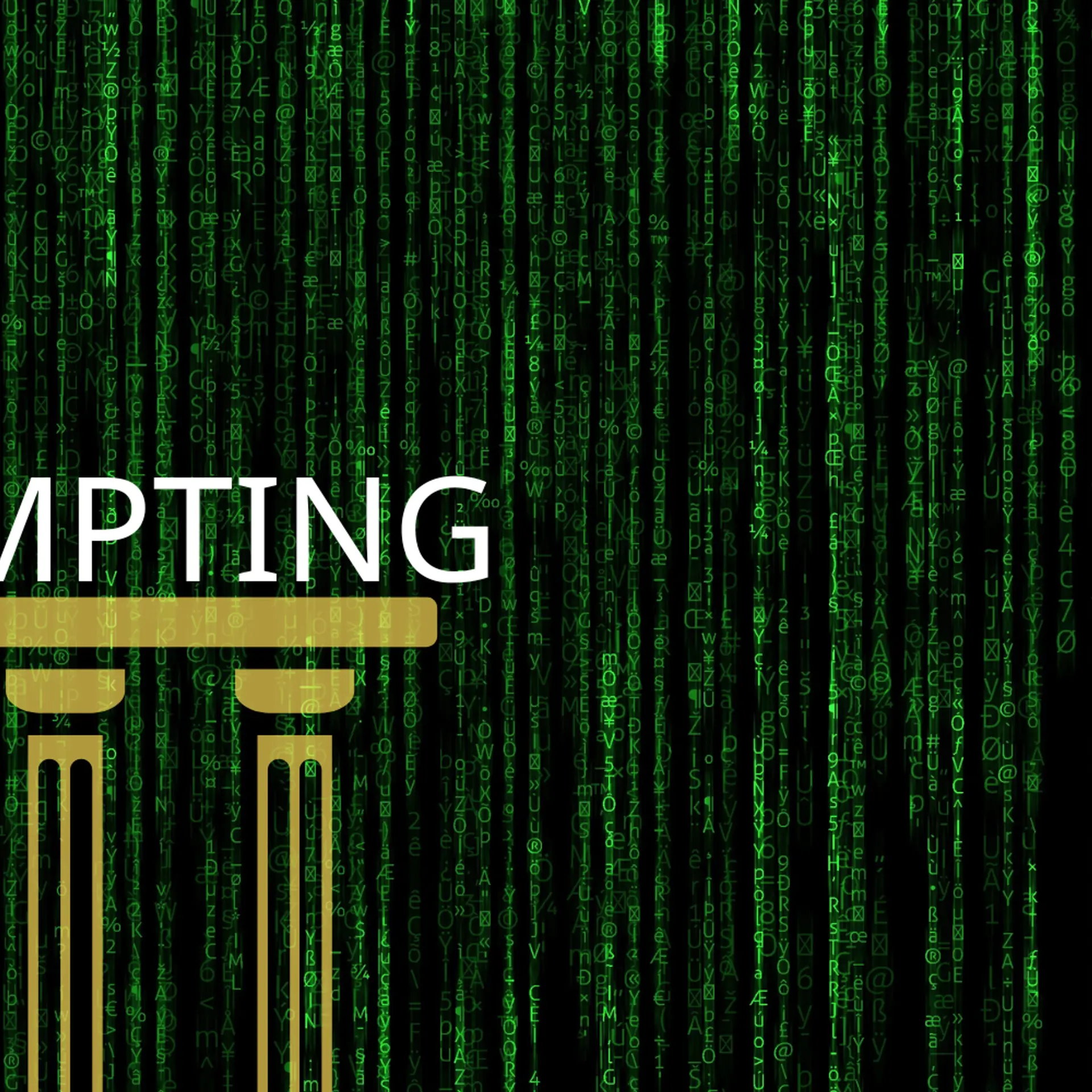Everything you need to know about ChatGPT
In this article, we provide an overview of ChatGPT, its rise in popularity, how to use it effectively, and the advantages and disadvantages of leveraging this powerful tool.
In the recent years, conversational AI has made significant strides, transforming the way we interact with technology.
ChatGPT, an artificial intelligence chatbot developed by , has emerged as a powerful tool for businesses to improve their customer service operations. It uses machine learning and natural language processing to communicate with users conversationally.
By automating routine tasks and providing personalised experiences, ChatGPT can help businesses improve efficiency, reduce costs, and enhance customer satisfaction.
ChatGPT, powered by advanced language models like Open AI's GPT-3, has emerged as a game-changer in the field of natural language processing.
In this article, we provide an overview of ChatGPT, its rise in popularity, how to use it effectively, and the advantages and disadvantages of leveraging this powerful tool.
The rise of Chat GPT
ChatGPT is a language model developed by Open AI that uses GPT technology. It is designed to understand and generate natural language, making it an ideal tool for building conversational chatbots and virtual assistants.
ChatGPT has been pre-trained on a massive dataset, giving it the ability to process and understand natural language.
It generates human-like responses and can be customised and fine-tuned for specific use cases. Hence, it is a powerful and versatile tool for businesses and developers looking to create natural language-based applications.

Understanding ChatGPT
ChatGPT is a state-of-the-art language model that is capable of processing and understanding natural language text.
It is based on the GPT technology, which is designed to produce natural language text that is grammatically correct and semantically coherent.
The model consists of a large neural network that is trained on a massive corpus of text data from the internet, including books, articles, and other sources. During training, the model learns to predict the likelihood of each word given its context, based on the surrounding words in a sentence.
Once the model has been trained, it can be used for various natural language processing tasks such as text classification, question answering, and text generation.
In the case of ChatGPT, the focus is on generating natural language responses to user input, making it an ideal tool for building conversational chatbots and virtual assistants.
ChatGPT is capable of generating coherent and human-like responses to a wide variety of input types, including open-ended questions, commands, and statements.
It can be fine-tuned for specific use cases and can be customised to incorporate domain-specific knowledge, making it a powerful and versatile tool for businesses and developers looking to create natural language-based applications.
How to use ChatGPT?
Choose a platform: Decide on the platform you want to use ChatGPT on. Several platforms and services provide access to ChatGPT, including Open AI’s GPT-3, Hugging Face’s Transformers, and DialoGPT.
Authenticate and get the API key: Once you’ve selected a platform, you will need to create an account and authenticate yourself. Most platforms will provide you with an API key that you can use to access the ChatGPT API.
Prepare the input: Prepare the input text that you want to feed to ChatGPT. This can be in the form of open-ended questions, statements, or commands, depending on your use case.
Send the request: Send the input text to the ChatGPT API using the appropriate API endpoint. Most platforms will provide you with documentation on how to make API requests and what parameters to include.
Process the response: Once the API receives the input, it will use the ChatGPT model to generate a response. The response will be returned to you in the form of natural language text.
Use the response: Use the response returned by the ChatGPT API for your intended purpose, whether it be in a chatbot, virtual assistant, or other application.
Fine-tune the model (optional): If you want to fine-tune the Chat GPT model for your specific use case, you can do so by providing additional training data or tweaking the model hyperparameters. Most platforms provide tools for fine-tuning the model and improving performance.
Advantages of ChatGPT
Natural Language Processing: ChatGPT uses natural language processing (NLP) to understand and respond to human language. It can interpret the context and tone of a conversation, making interactions more efficient and conversational.
Improved Customer Service: ChatGPT can improve customer service by providing quick and accurate responses to customer inquiries. It can handle multiple conversations simultaneously, reducing wait times and increasing customer satisfaction.
Personalisation: ChatGPT can provide a personalised experience to users by using context and user data to tailor responses. This can lead to higher engagement and more satisfied users.
Cost-effective: ChatGPT can reduce the cost of customer service operations by automating routine tasks. This frees up human agents to handle more complex inquiries, improving overall efficiency.
Scalability: ChatGPT technology is highly scalable, allowing businesses to handle large volumes of customer inquiries without adding additional staff. This makes it an ideal solution for growing businesses.
Disadvantages and limitations
Lack of contextual understanding: Although ChatGPT is designed to generate contextually relevant responses, it may sometimes struggle to fully understand the context of a conversation.
Sensitivity to input phrasing: ChatGPT is highly sensitive to the phrasing of input prompts. Even slight changes in wording can produce varying results, which can be challenging when trying to elicit specific information or responses from the model.
Over-reliance on training data: ChatGPT's responses are based on the vast amount of data it has been trained on. Consequently, it may occasionally generate biased or inaccurate information, especially if the training data itself contains biases or misinformation.
Lack of real-time information: ChatGPT does not have real-time access to the latest data or information. It operates based on pre-existing knowledge, which means it may not be up-to-date with recent developments or current events.
Potential for inappropriate responses: While efforts have been made to mitigate it, ChatGPT can sometimes produce responses that are harmful, offensive, or inappropriate. This can be a concern when deploying the model in public-facing applications without proper moderation or safeguards.
Ethical considerations: As with any powerful AI tool, ethical considerations must be taken into account when using ChatGPT. Responsible usage entails ensuring that the model is not used for malicious purposes, spreading misinformation, or generating harmful content.
Resource intensive: Training and deploying large language models like ChatGPT require substantial computational resources, making them less accessible for individuals or organisations with limited computing capabilities.
Edited by Megha Reddy







